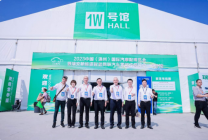Against the backdrop of difficulties in commercializing high-speed autonomous vehicles such as Robotaxi and Robobus, low-speed unmanned vehicles may become a more commercially valuable field due to their clear application scenarios and controllable costs
During the epidemic, driverless logistics vehicles caught fire. Now, "I'm cleaning, please be careful not to give way." In the CBD office building, the figure of unmanned cleaning vehicles can be seen everywhere. In the hotel elevator, there are also unmanned delivery vehicles actively interacting with you: "Guess why I can choose the floor?"
Compared to our general sense of autonomous vehicles, low-speed unmanned vehicles have more diverse application scenarios, including logistics and distribution, security patrols, retail, environmental sanitation, ports, mining areas, and other requirements.
Unmanned cleaning vehicles, patrol vehicles, unmanned delivery vehicles, unmanned sales vehicles, and delivery vehicles have all entered daily life. With the construction of digital and intelligent technology, the demand for low-speed unmanned vehicles in cities is also increasing.
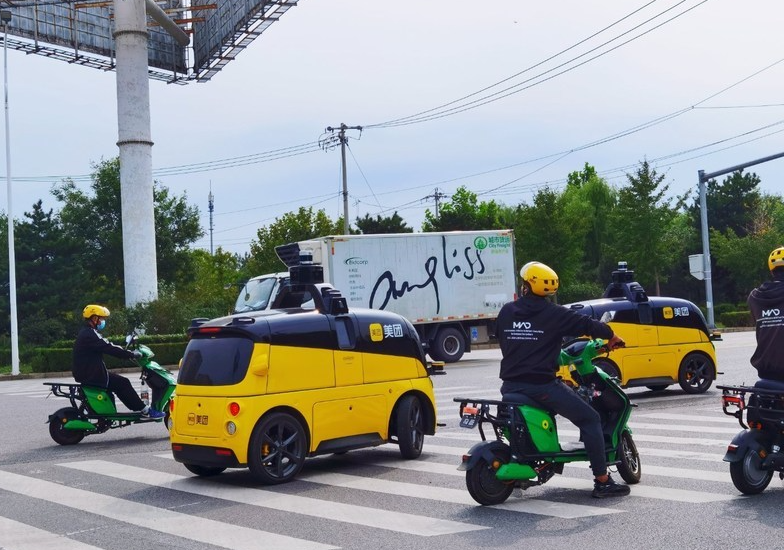
According to McKinsey's prediction, 80% of parcel deliveries in the next ten years will adopt automatic distribution. It is estimated that by 2025, the annual sales of low-speed autonomous vehicle in China will reach 190000, including 80000 in the field of logistics distribution, with a market scale of 10 billion yuan.
According to the prediction of the New Strategy Low Speed Unmanned Driving Industry Research Institute, by 2025, the scale of China's low speed unmanned driving industry is expected to exceed 50 billion yuan.
In the overall industry context of the difficulty of large-scale commercialization and landing of high-speed autonomous vehicles such as Robotaxi and Robobus, low-speed autonomous vehicles may become the most commercially valuable autonomous products.
In November 2022, the first China Low-speed Unmanned Vehicle Summit Forum and Industrial Innovation Alliance Launching Meeting was held at the Shanghai International Automobile City ev-ai Zhixing Port. At the meeting, speaking experts pointed out that at present, the new national standard for the low-speed unmanned vehicle industry has taken shape and is expected to be introduced in early 2023. At the same time, the low-speed unmanned vehicle industry innovation alliance will also be established in 2023.
Compared to high-speed unmanned vehicles, low-speed unmanned vehicles have rich application scenarios and clear requirements, which can effectively solve practical problems. At the same time, the relatively simple implementation of technology makes it possible for low-speed unmanned vehicles to take the lead in landing.
Moreover, with the development of industry and technology, while the cost of low-speed unmanned vehicles has decreased, their functionality and safety have also increased, making their commercial value even more apparent.
So, is the spring of low-speed unmanned vehicles really coming?
From the perspective of the possibility of reducing costs and increasing efficiency of low-speed unmanned vehicles, their own technological development, and policy aspects, we can see in detail.
one
Labor substitution realizes cost reduction and efficiency increase
"In 2022, the salary of an unmanned express vehicle is equivalent to 1.5 couriers per year, the salary of an unmanned patrol vehicle is equivalent to 2 associate police officers per year, and the salary of an unmanned sweeper is equivalent to 3 cleaners per year. If the number of (low-speed unmanned vehicles) increases, the economic model will be more eye-catching."
This is the comparative data released by Shu Liang, CEO of EasyCar at the "2023 New Product Launch".

Taking unmanned cleaning vehicles as an example, statistics show that due to their higher efficiency compared to manual work and their ability to work around the clock, one vehicle can replace the work efficiency of about 5 sanitation workers. If the cost of an unmanned sweeper is equivalent to the salary of three cleaners for one year, that is, considering the prices of different products on the market, it is basically possible to recover the cost of an unmanned sweeper in about 1-2 years. With proper maintenance, a driverless sweeper can have a service life of 5-8 years, with a maximum of 10 years.
In other words, based on the current labor force, if unmanned cleaning vehicles are used to replace sanitation workers, there will be almost no sanitation costs for the government or property management in the 3-8 years after the cost reduction. It can be seen that the effect of unmanned cleaning vehicles in reducing costs and increasing efficiency is very obvious.
Moreover, compared to humans, unmanned vehicles can operate in harsh weather such as high temperature and cold, while reducing safety issues caused by improper operation.
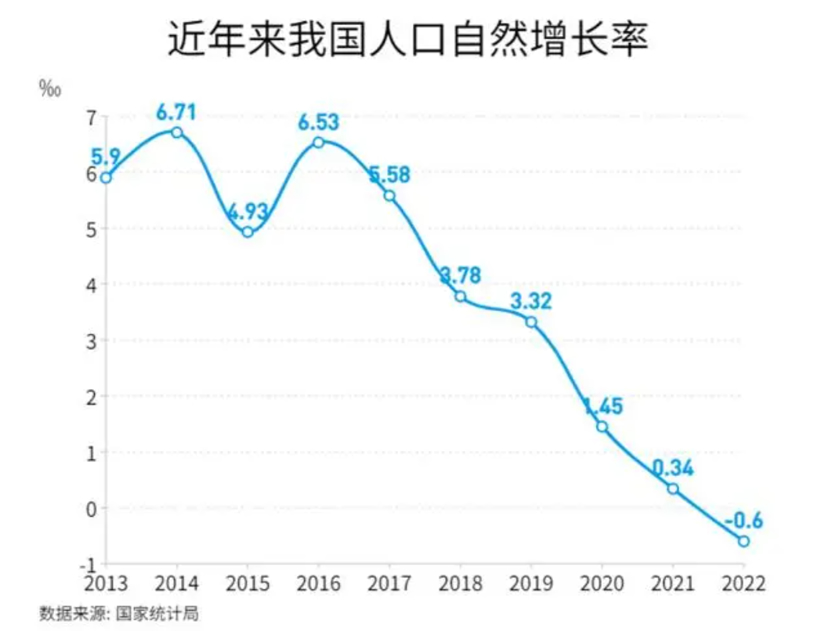
On the other hand, in 2022, China's population experienced negative growth for the first time. At present, in addition to the obvious aging of environmental sanitation and other fields, there has been a shortage of personnel. In the future, the problem of labor shortage in labor intensive industries will also become more prominent. Low-speed unmanned vehicles just meet the needs of the industry.
And this is also a market with huge opportunities. In terms of environmental sanitation alone, according to data from the Environmental Department, the scale of road cleaning operations and garbage removal services nationwide will reach 274.8 billion yuan and 54.3 billion yuan respectively in 2025, totaling 329.1 billion yuan. This part is the potential market space for autonomous driving in the field of sanitation.
In addition, low-speed unmanned vehicles in scenarios such as low-speed logistics, unmanned patrol vehicles, unmanned delivery vehicles, and even mines and ports will also play an increasingly practical role in their respective scenarios.
two
Improve performance while reducing costs
From the perspective of the development of low-speed unmanned vehicles' own products, with the overall progress of the industry in recent years, the technology has become increasingly mature, the upstream and downstream industrial chains have gradually improved, and the cost of low-speed unmanned vehicle related components has also continued to decrease. Domestic alternatives such as chips, laser radars, and chassis have become the first choice. Coupled with scale effects, the overall cost of low-speed unmanned vehicles is also declining.
Take laser radar as an example. Unmanned products in low-speed scenarios have relatively low requirements for detection distance and frequency, as well as for perceptual distance. Therefore, currently, low beam and short range lidars are widely used in low speed scenarios.
With the rise of domestic laser radar manufacturers such as Satoh Juchuang, Hesai, and Radeon Intelligent, the cost of low-speed unmanned vehicle laser radar is also decreasing year by year, and the cost of 16-wire mechanical laser radar has decreased to the level of 10000 yuan.
In addition, solid-state and semi-solid-state laser radars with lower costs and longer service life have also begun to become the choice of unmanned vehicle enterprises. However, the current mainstream solution is still based on mechanical lidars, with solid and semi solid state lidars emerging as blinding lidars.
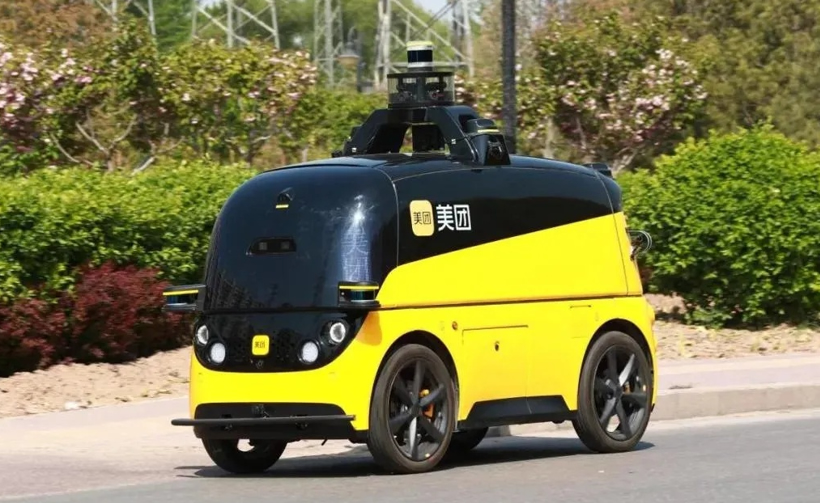
Take unmanned delivery vehicles as an example. Currently, most unmanned delivery vehicles use a rooftop lidar for global scanning, and two solid or semi solid lidars for blinding.
According to data, in the low-speed unmanned vehicle market in 2022, the shipment volume of blinding lidar has reached tens of thousands of sets.
Taking Yijing Technology's vehicle gauge level blinding lidar ML-30s as an example, this product was officially released on CES in 2019. It has a field of view angle of 140 ° x 70 °, and can achieve 20 meter range measurement at 10% reflectivity. Once launched, it has received widespread repercussions. It has received numerous orders from JD Logistics, Youdi Technology, Yushi, Kuwa, and Ica. For two consecutive years in 2021 and 2022, it has achieved 5% of the international market share in the field of low-speed unmanned vehicle blinding lidar, The domestic market share exceeds 20%.
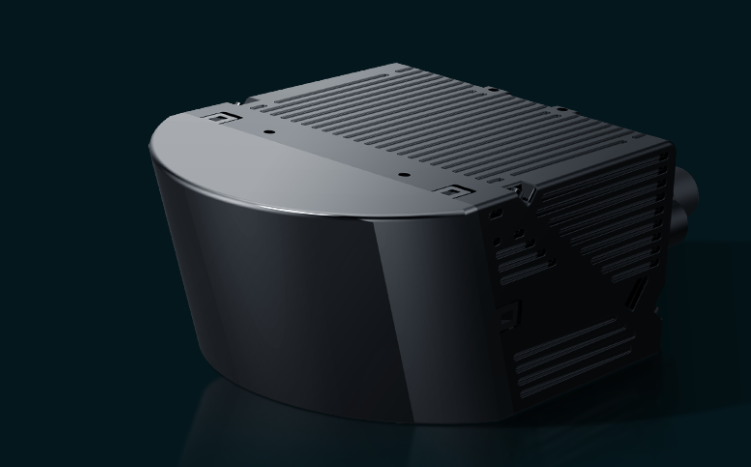
Overall, the current hardware cost of low-speed unmanned vehicles is between 150000 and 300000 yuan. With the progress of technology, the cost of finished vehicles with large modulus after production is expected to decrease to less than 150000 yuan, or even less than 100000 yuan. The price announced for the Little Magic Camel 2.0 released by Minmo Zhixing in September last year was 128800 yuan, which is the first time that the end logistics automatic delivery vehicle product in the commercial market has entered the level of 100000 yuan.
While the performance is not damaged or even improved, the cost reduction will further improve the competitiveness of low-speed unmanned vehicles.
For enterprises, unmanned vehicles are also more likely to generate cash flow compared to high-speed unmanned driving products such as Robotaxi and Robobus.
In the current environment, most L4 level autonomous driving companies have turned to assisted driving solutions due to their inability to achieve commercial landing, in order to become automotive suppliers to achieve revenue.
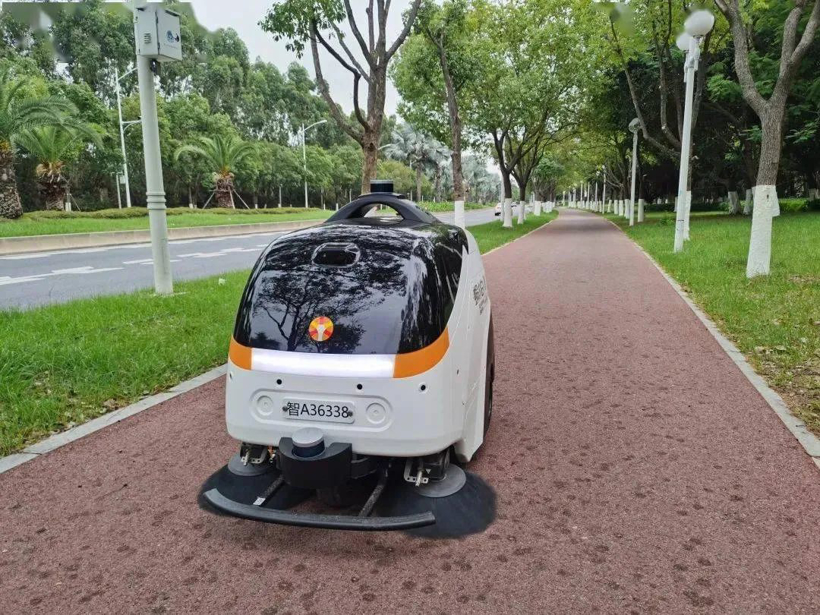
Enterprises with low-speed unmanned vehicle products have taken the lead in achieving revenue. Taking Zhixing as an example, the data shows that its unmanned cleaning vehicle, Xiaobai, accounts for up to 90% of the outdoor sanitation vehicle market. According to official information, Zhixing has achieved revenue of over 100 million yuan, bringing continuous hematopoietic capacity to the enterprise.
three
Policies promote industry standardization
In addition, at the policy level, the country, including local governments, is also actively promoting the development of low-speed unmanned vehicles.
On October 29, 2022, the group standard "Safety Management Specification for Commercial Operation of Low-speed Unmanned Vehicles in Cities" was officially released, and was jointly prepared by over 57 units and 112 experts in the field of low-speed unmanned vehicles led by the Shenzhen Intelligent Transportation Industry Association.
According to reports, this is the first standard specifically developed for the application of autonomous low speed unmanned vehicle service scenarios in China, and will play an important guiding role in launching autonomous low speed unmanned vehicles into the smart city system to carry out unmanned new services. It is also an effective reference specification for government departments and users planning to introduce low-speed unmanned vehicles into urban public services.
Incorporating low-speed unmanned vehicles into the government's regular public services, both in terms of scale and scenario, is also worth looking forward to the subsequent development of low-speed unmanned vehicles.
In terms of industry standard construction, China Automotive Zhilian Technology Co., Ltd., China Automotive Research Huacheng Certification (Tianjin) Co., Ltd., and China Automotive Research Automobile Inspection Center (Wuhan) Co., Ltd. jointly led the preparation of the local standard "Test Standard for Low-speed Unmanned Special Vehicles" in Xiong'an New Area, collaborating with multiple relevant enterprises engaged in the research, development, manufacturing, and application of low-speed unmanned vehicles to jointly prepare the standard.
This will also promote the standardization construction of the low-speed unmanned vehicle industry.
Effective cost reduction and efficiency enhancement, product cost reduction, and policy driven efforts are accelerating the development of low-speed unmanned vehicles. Perhaps we will soon see the vigorous development of low-speed unmanned vehicles in various industries.
Hot Booking | AAPEX 2024- Professional Exhibition Channel for Entering the North American Auto Parts Market
The wind is just right, Qianchuan Hui! Looking forward to working with you at the 2024 Wenzhou Auto Parts Exhibition and composing a new chapter!
Live up to Shaohua | Wenzhou Auto Parts Exhibition, these wonderful moments are worth remembering!
Bridgestone exits Russia and sells assets to S8 Capital
Live Up to Expectations and Honor to End | 2023 Wenzhou International Auto Parts Exhibition Successfully Ends! Looking forward to meeting you in 2024!
Received nearly 140 million yuan in intended orders! Ruian New Energy and Intelligent Connected Vehicle Parts Exhibition Successfully Ends
Free support line!
Email Support!
Working Days/Hours!





